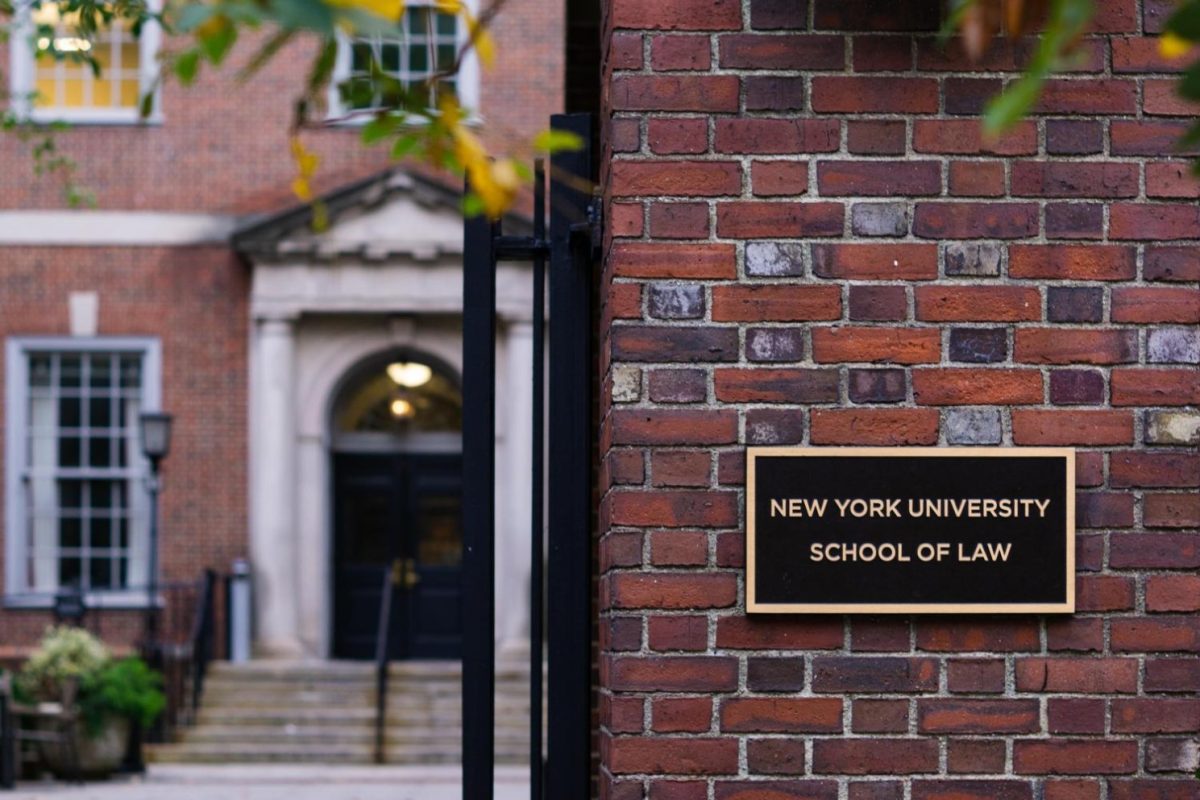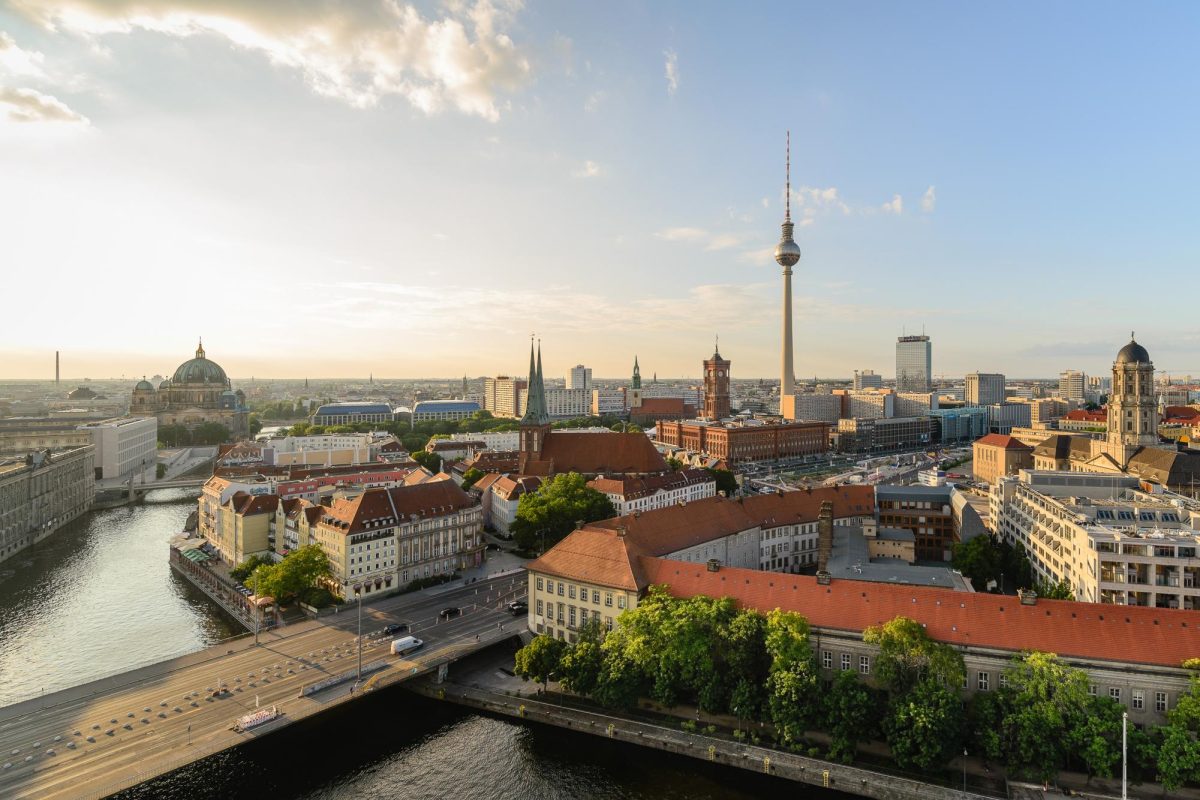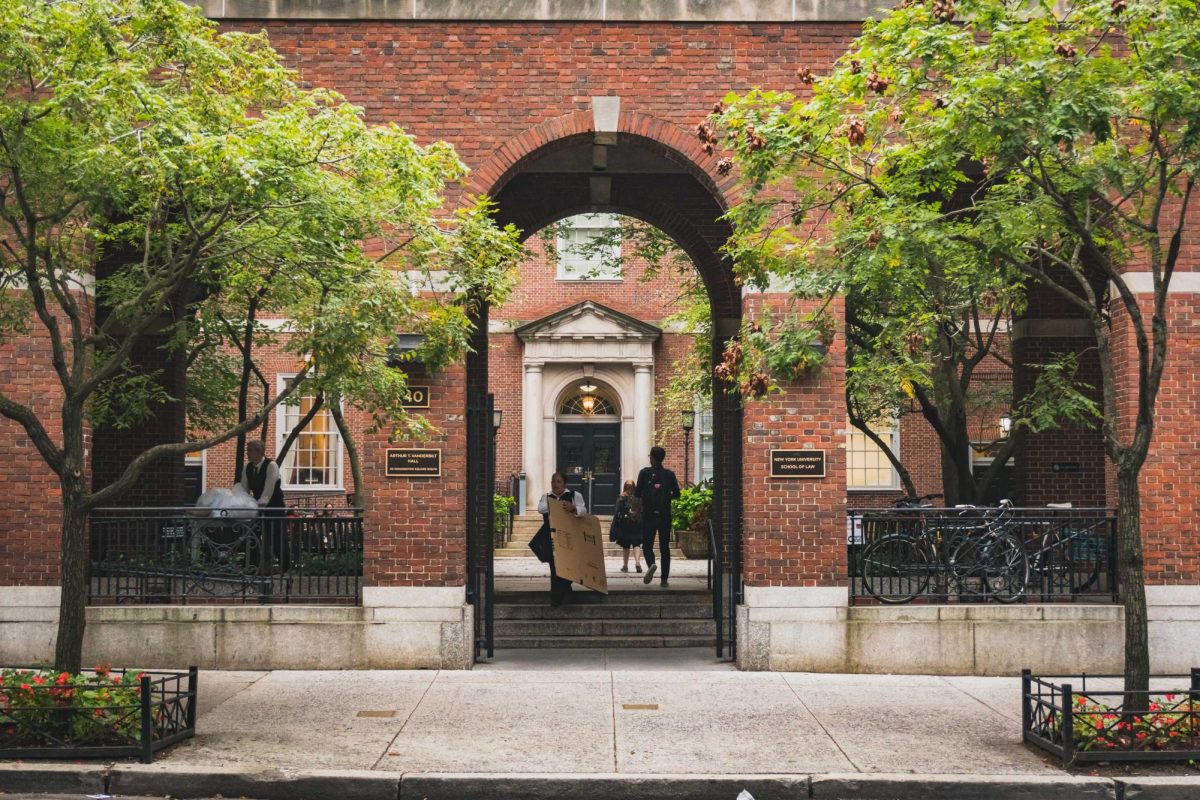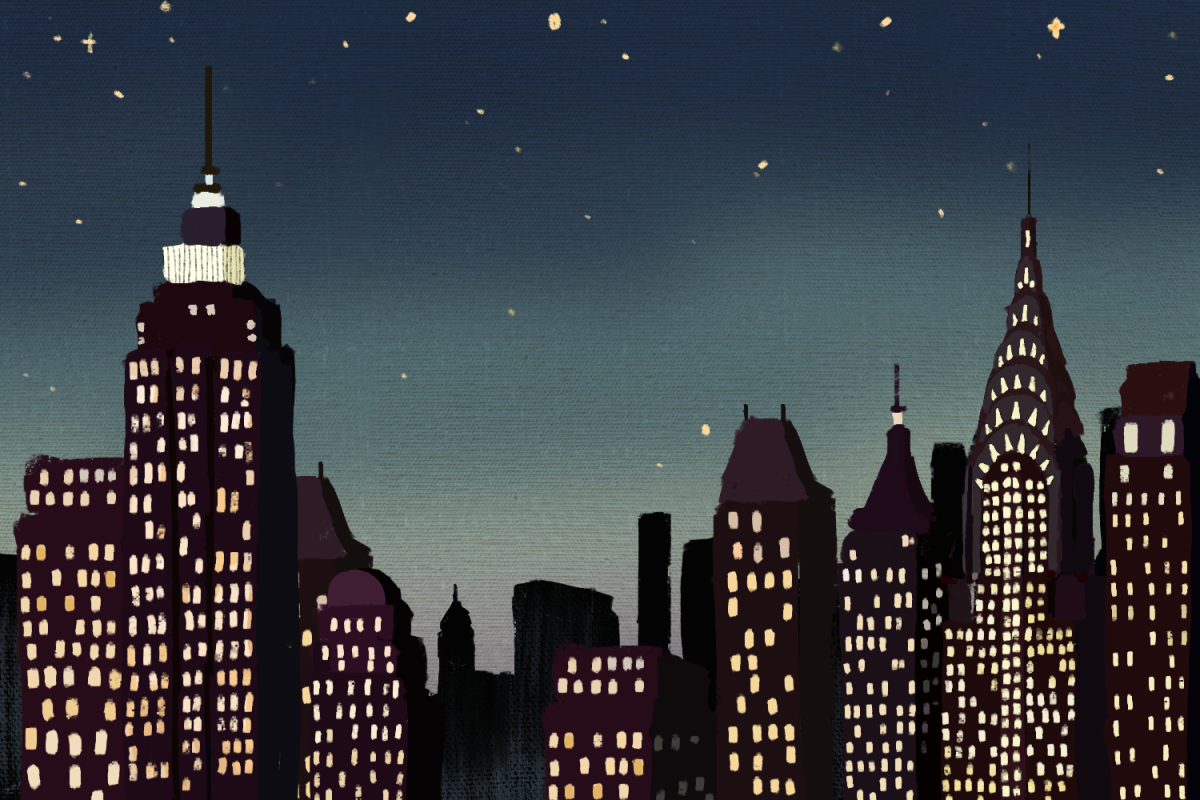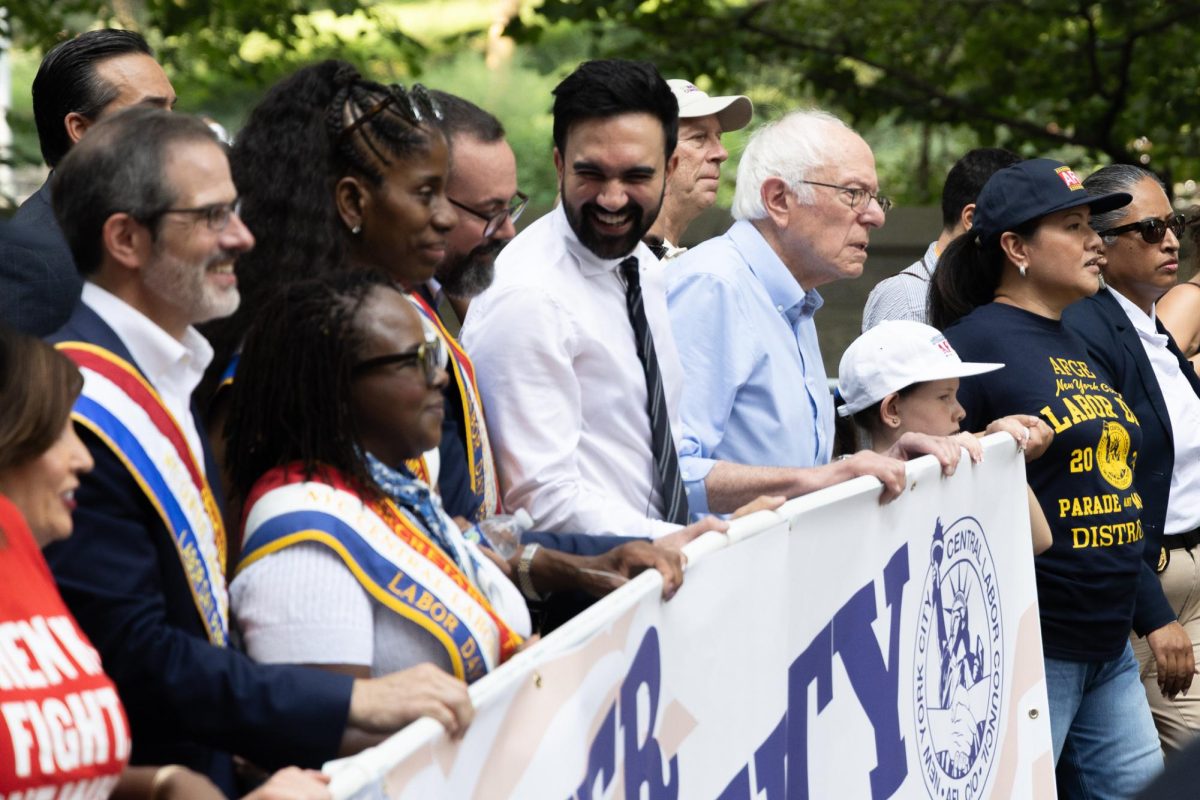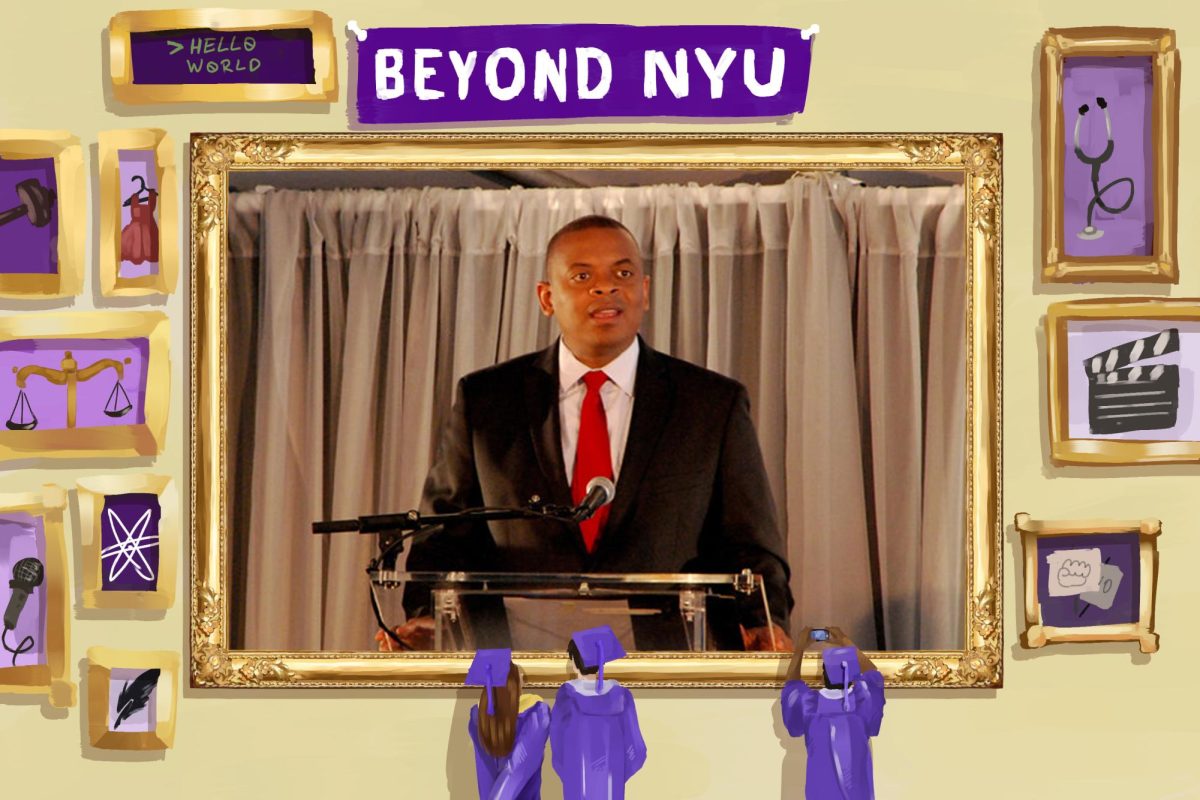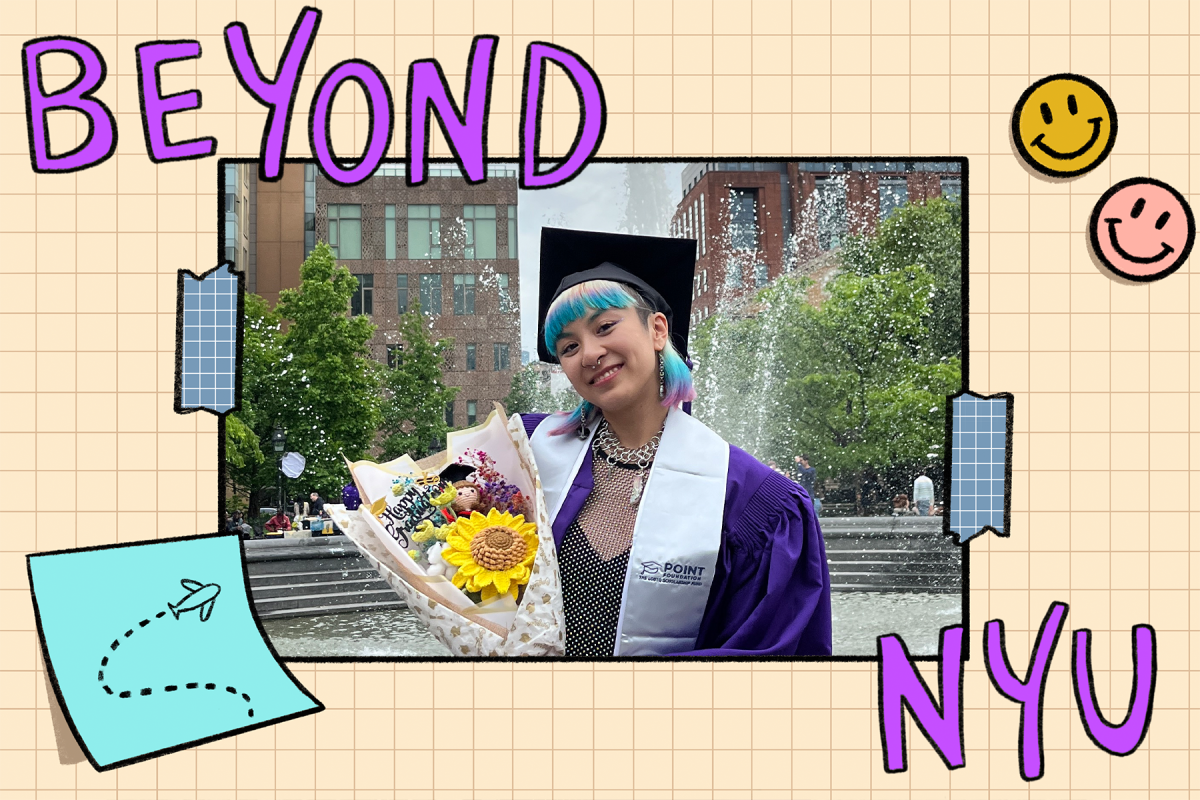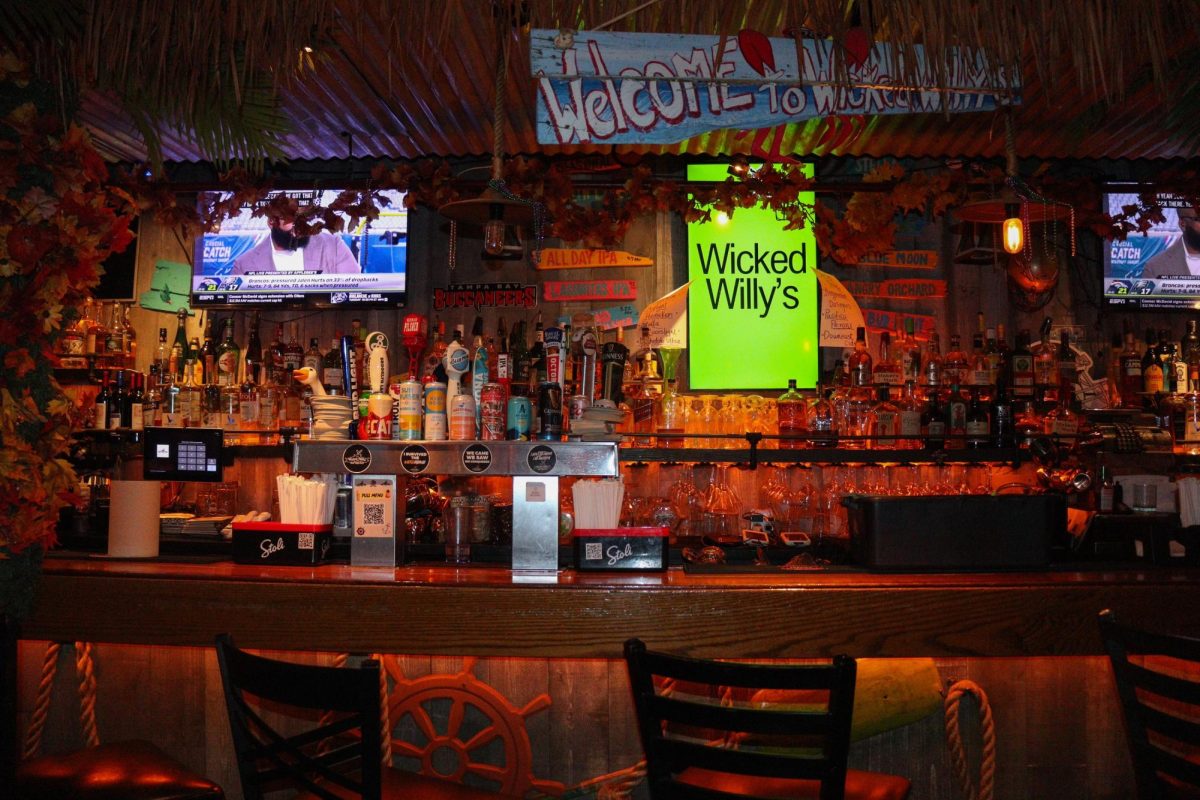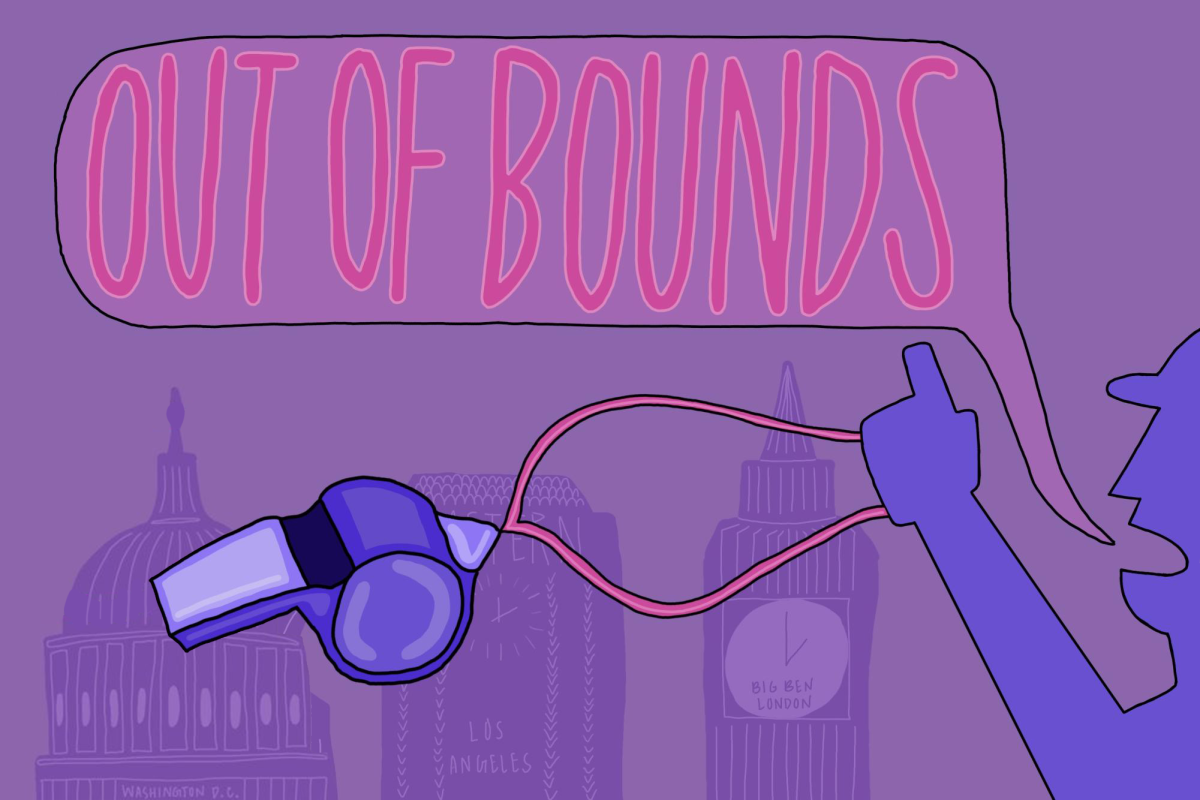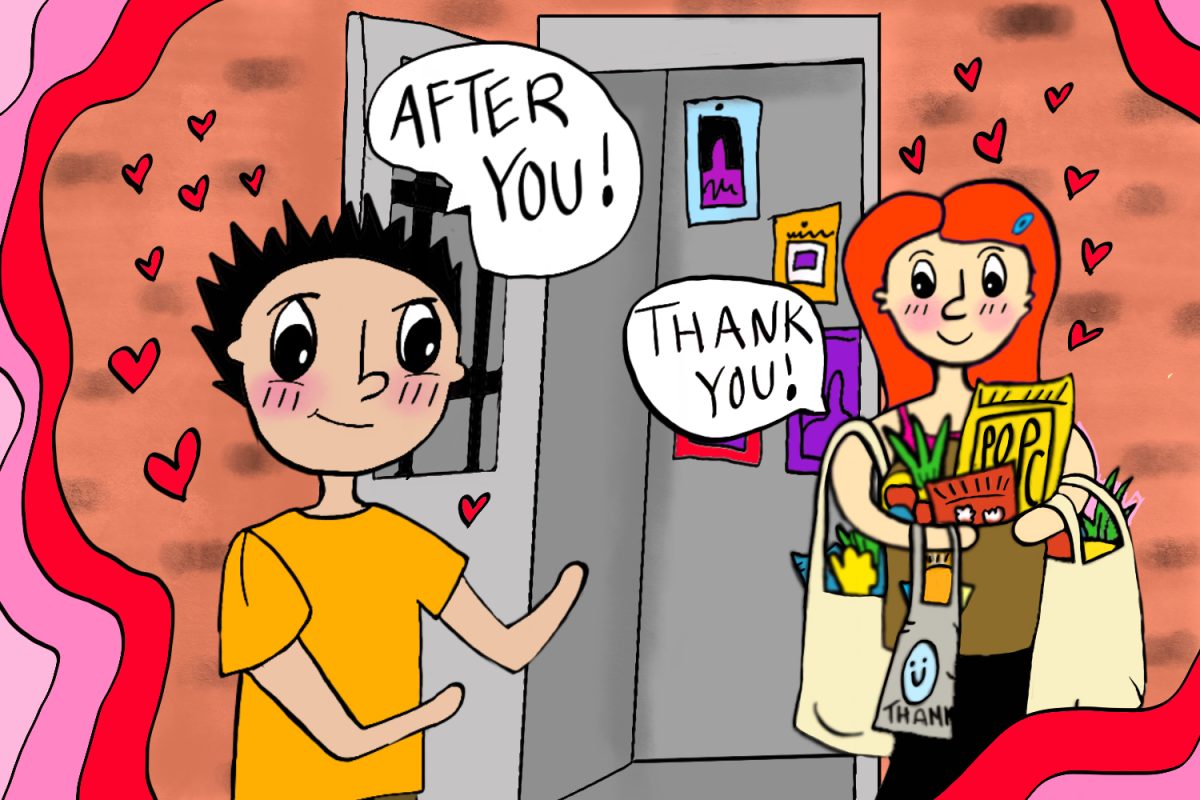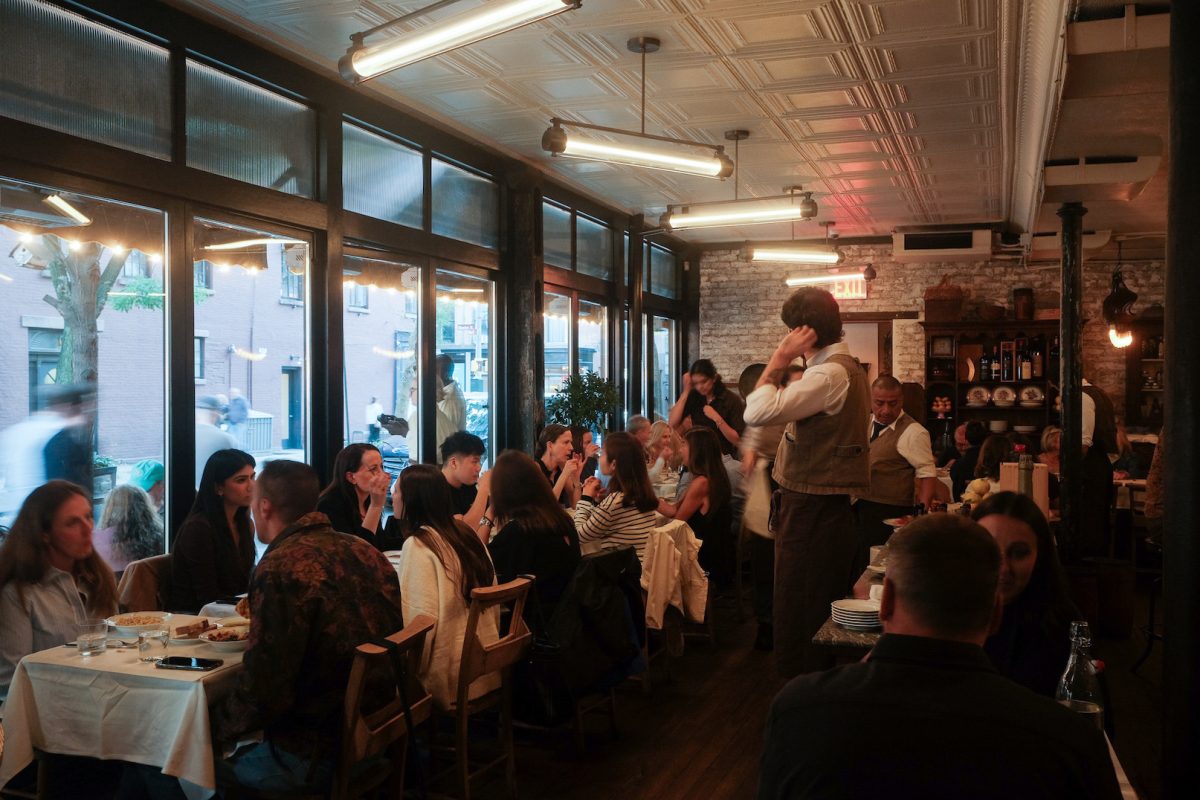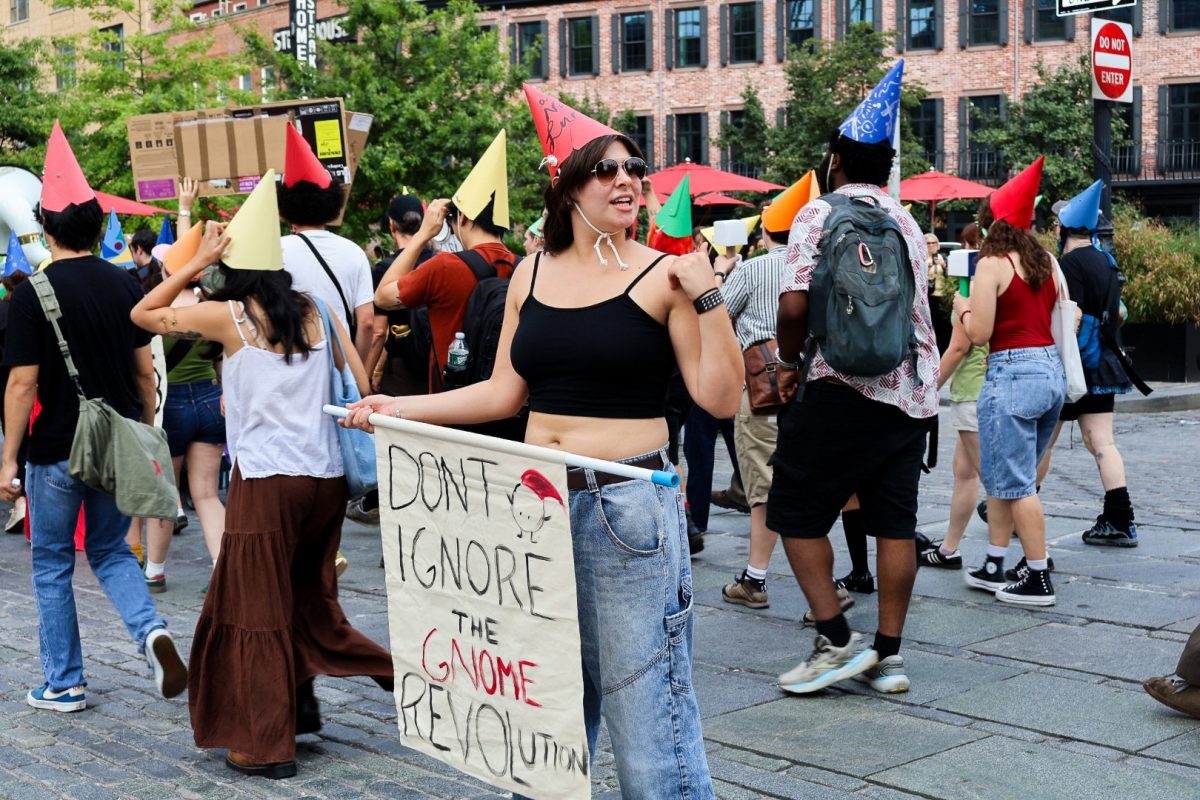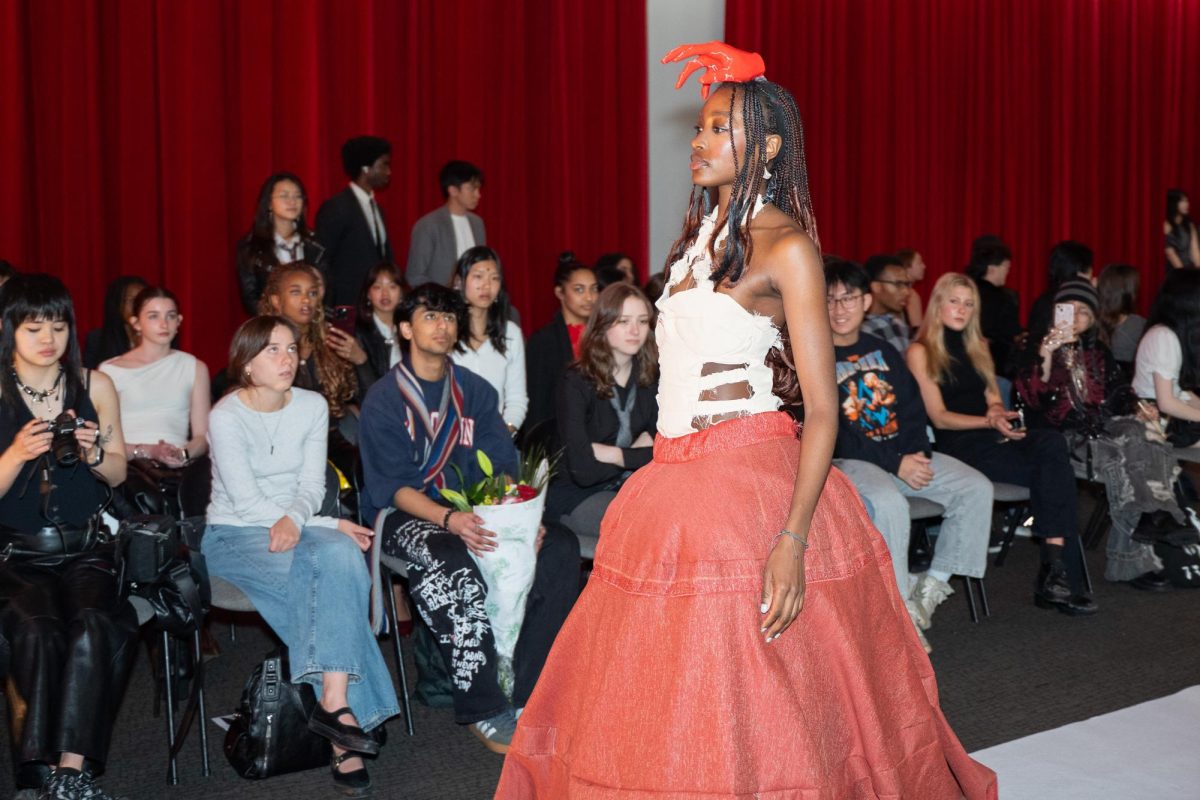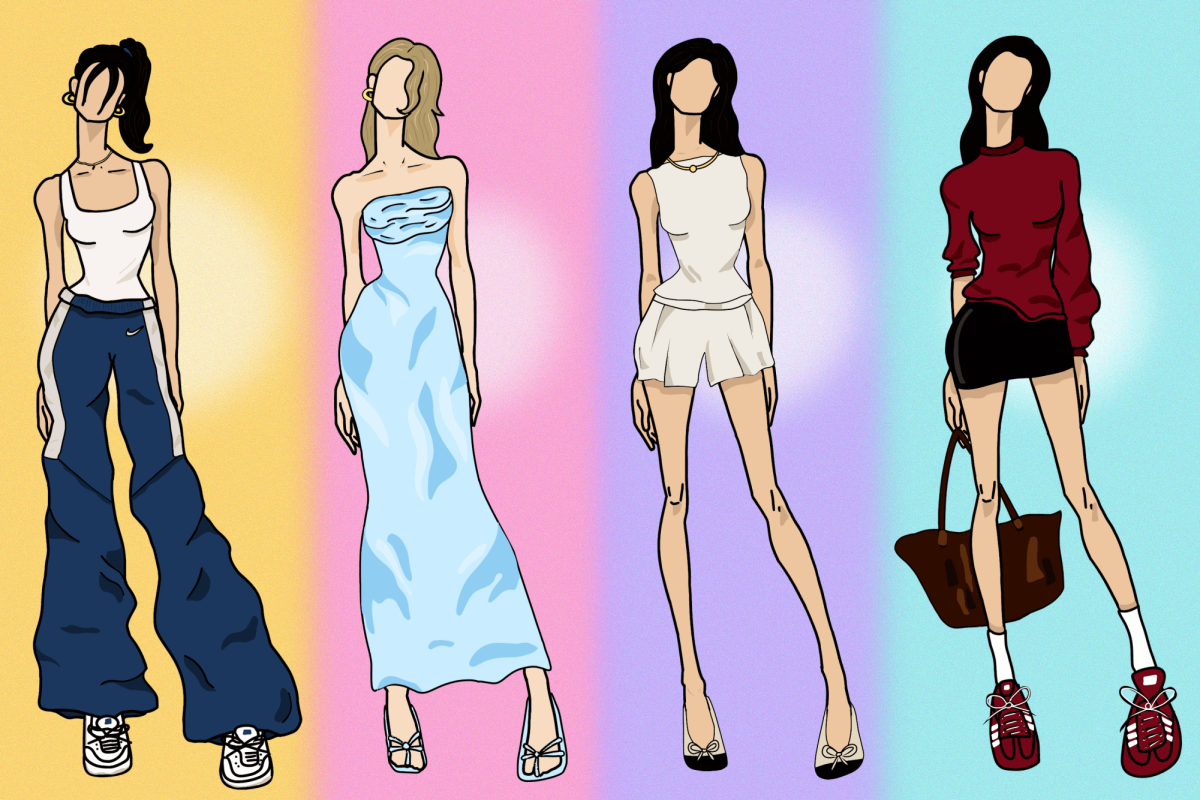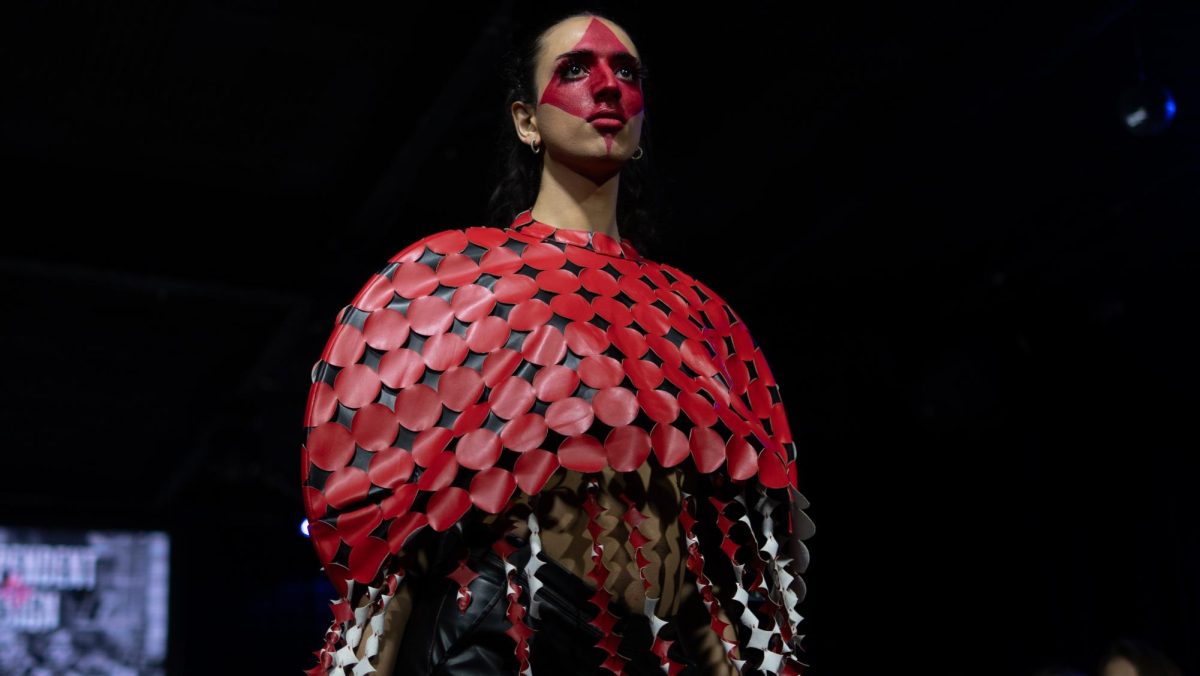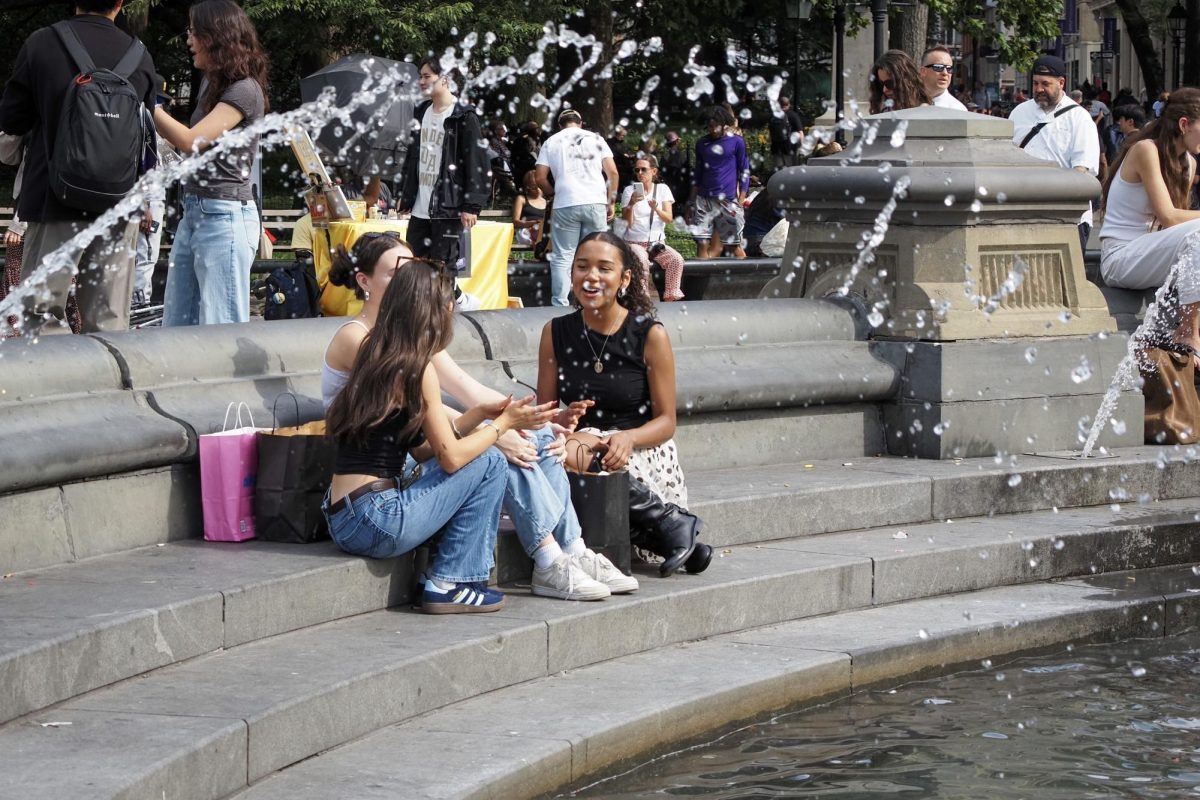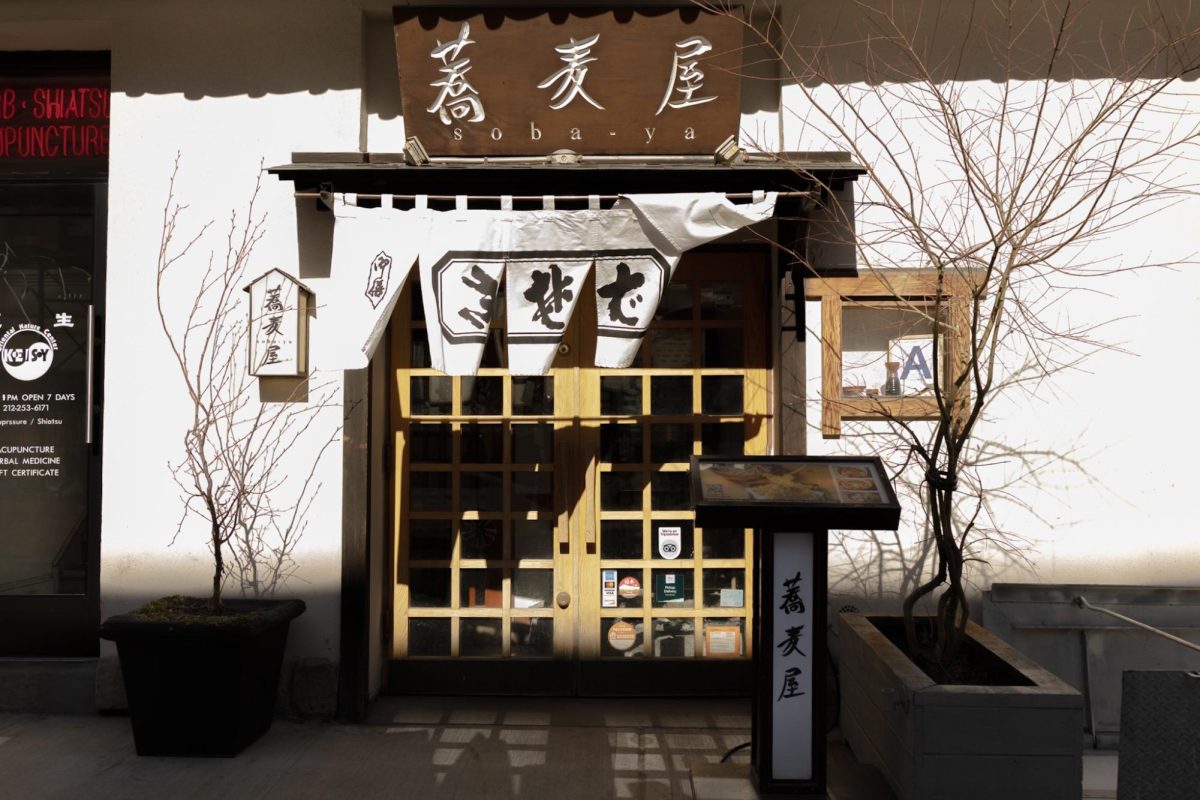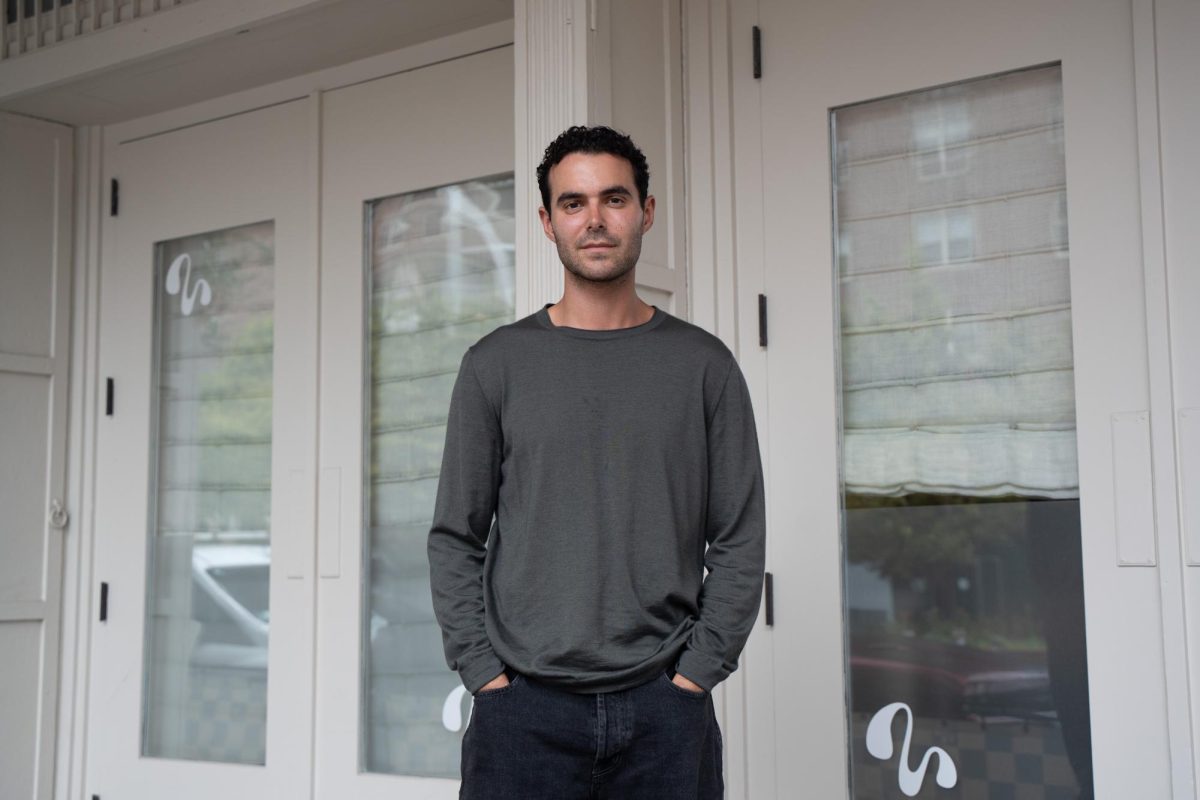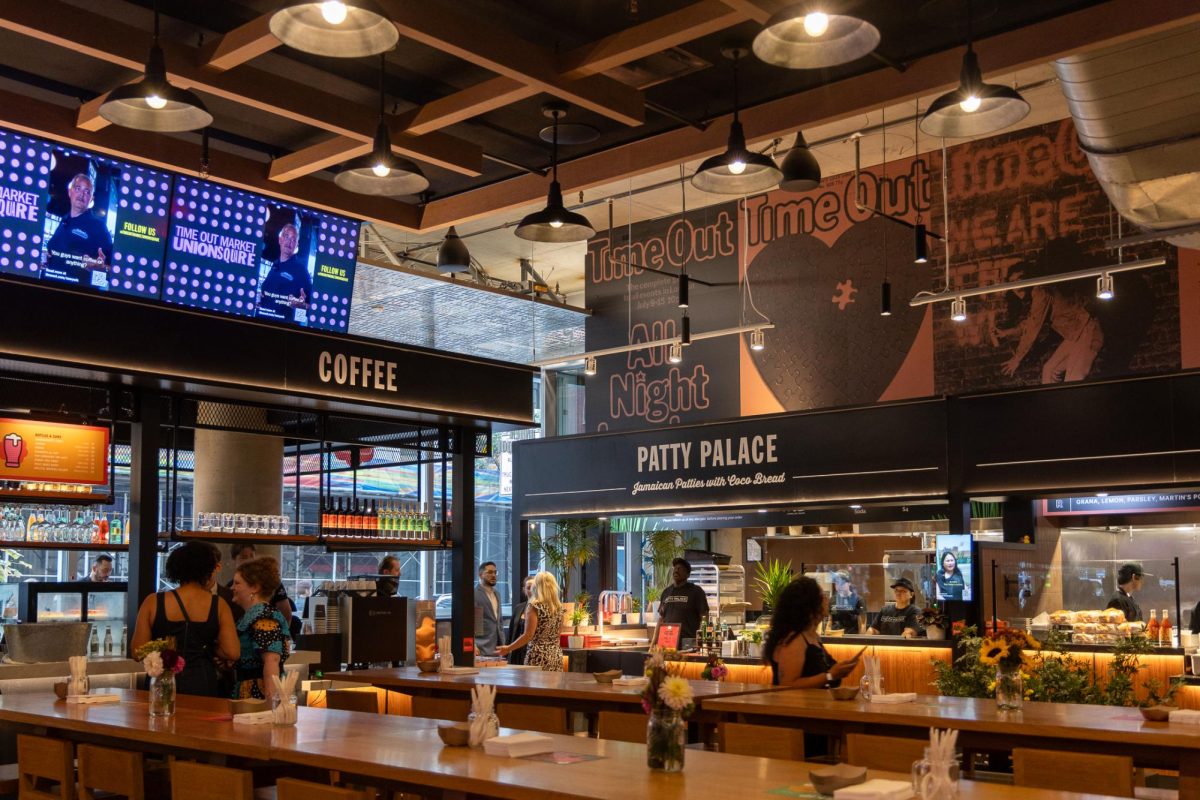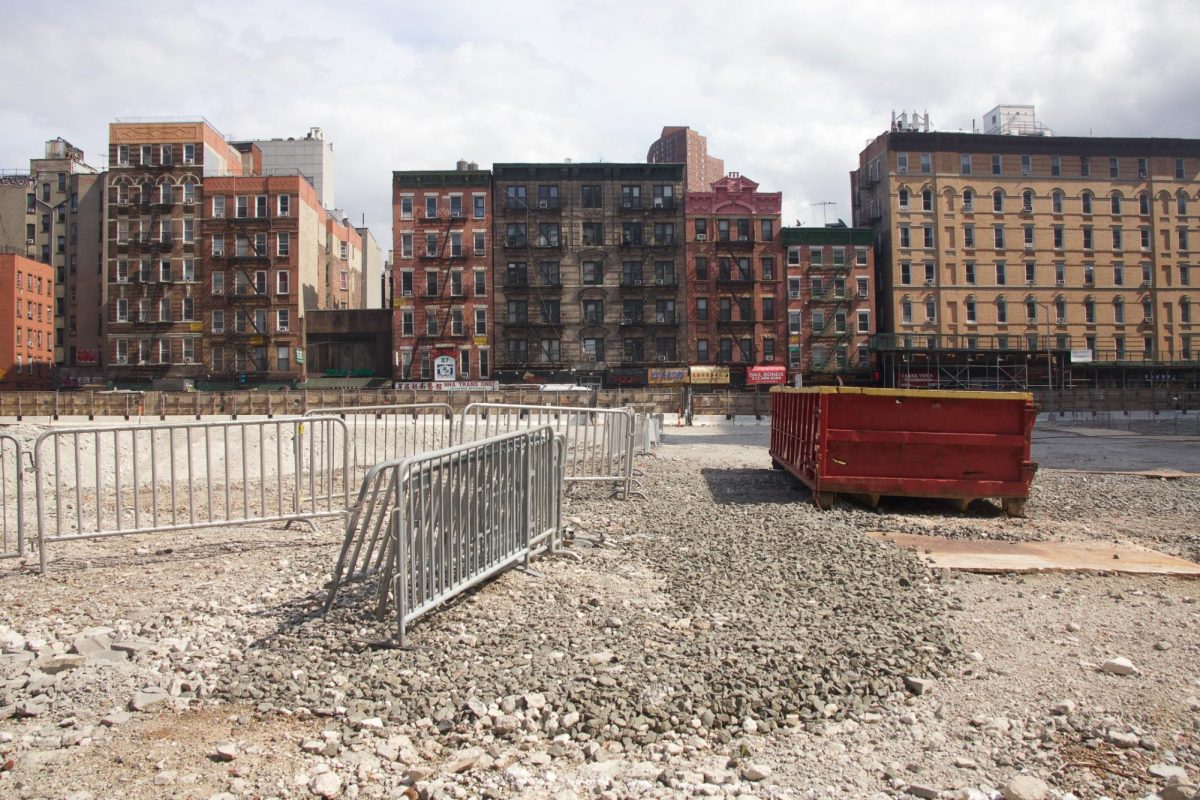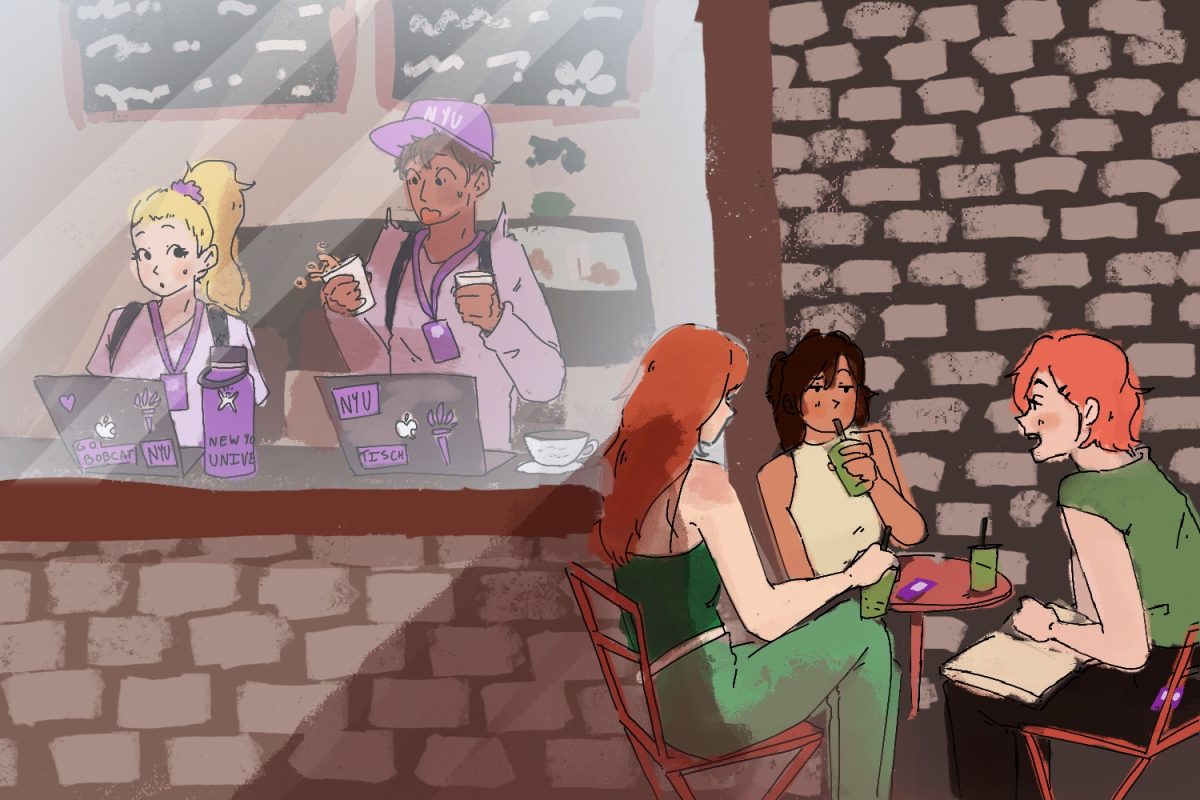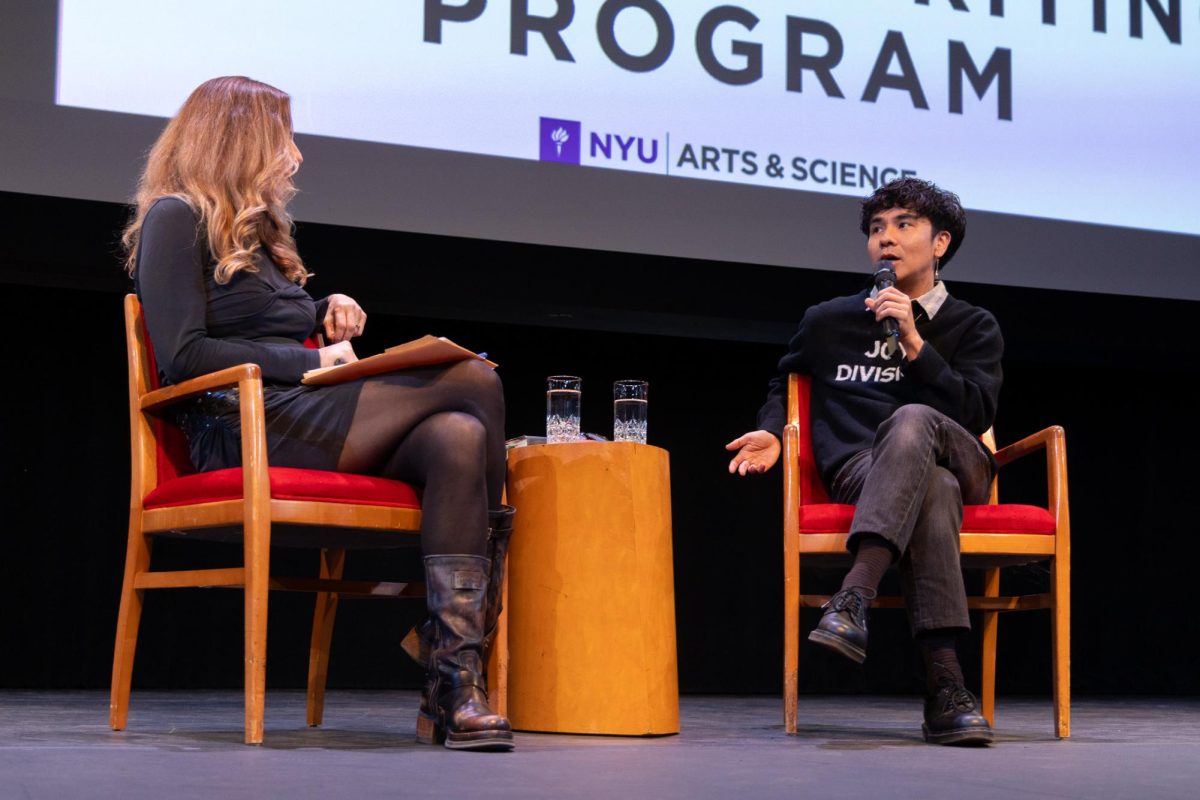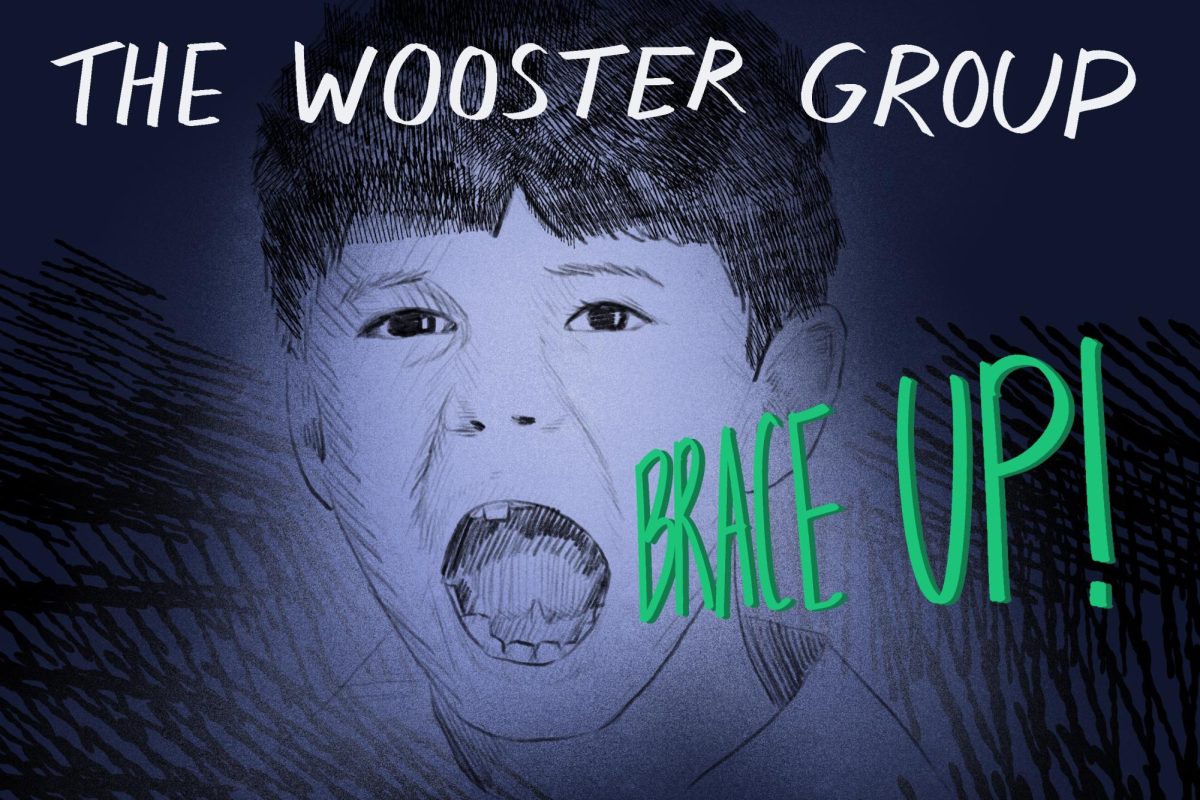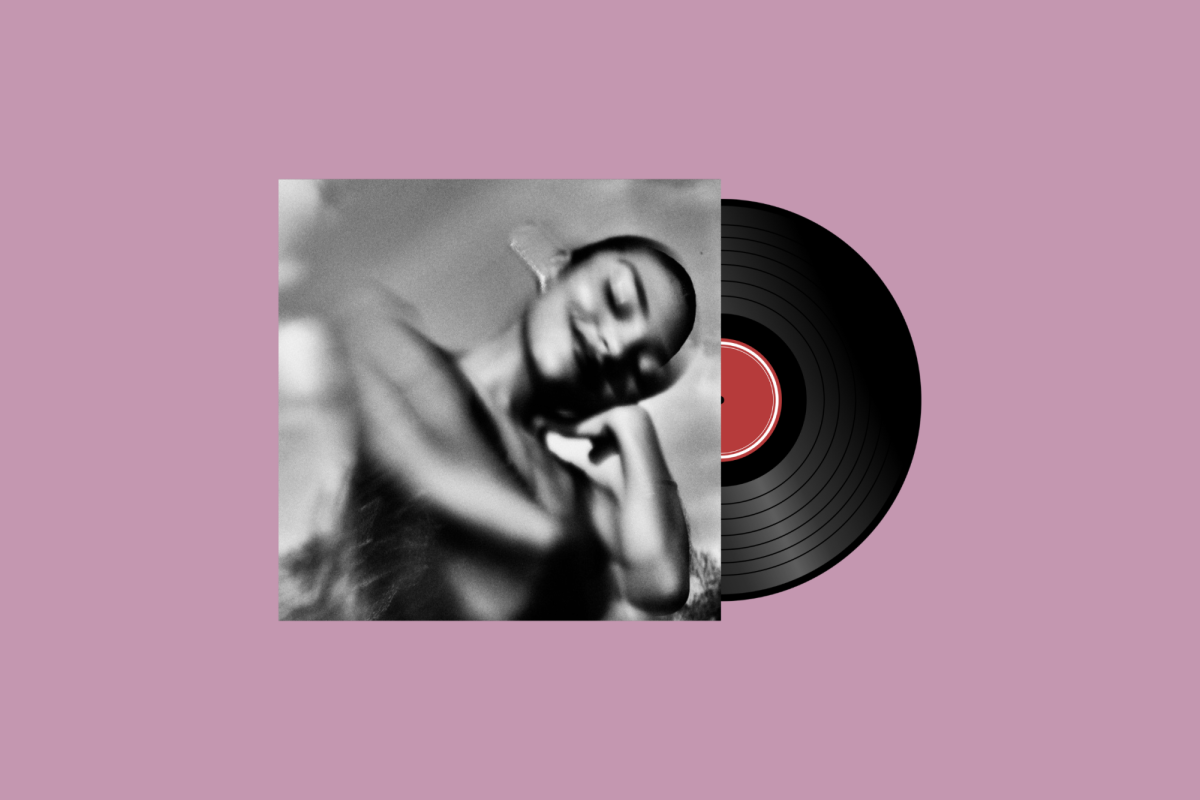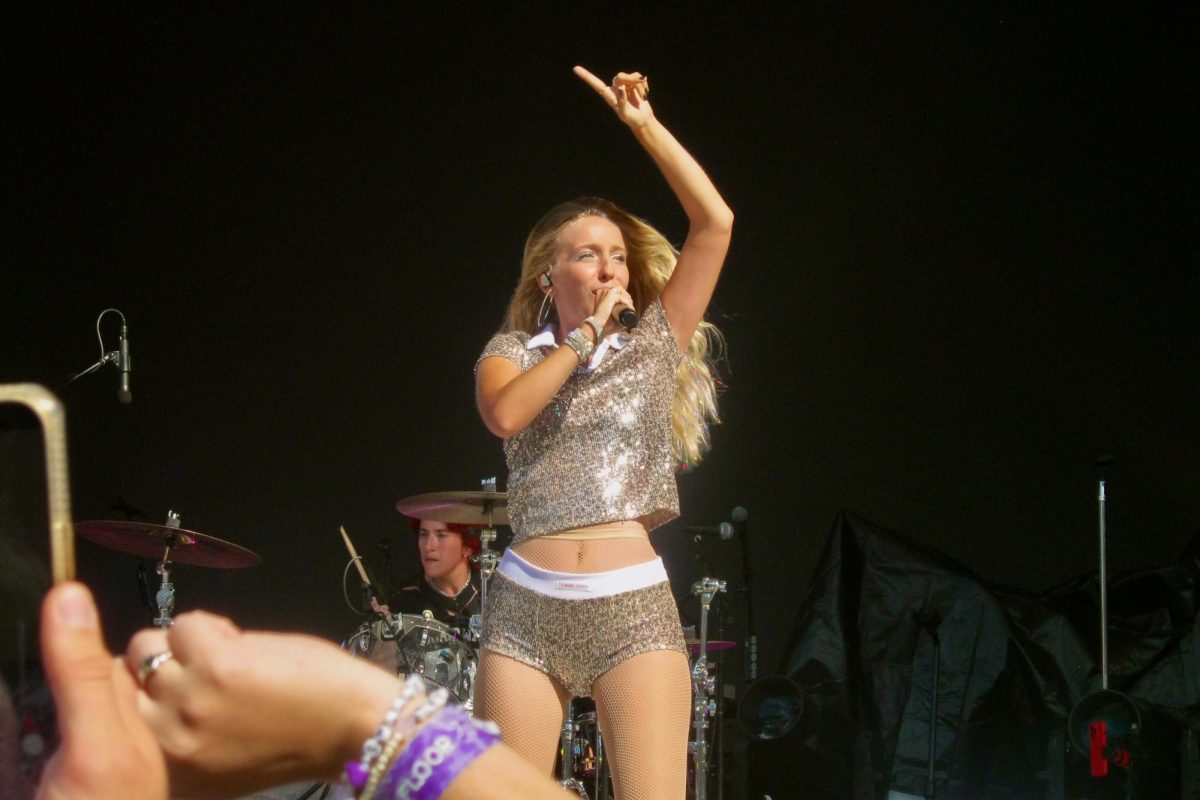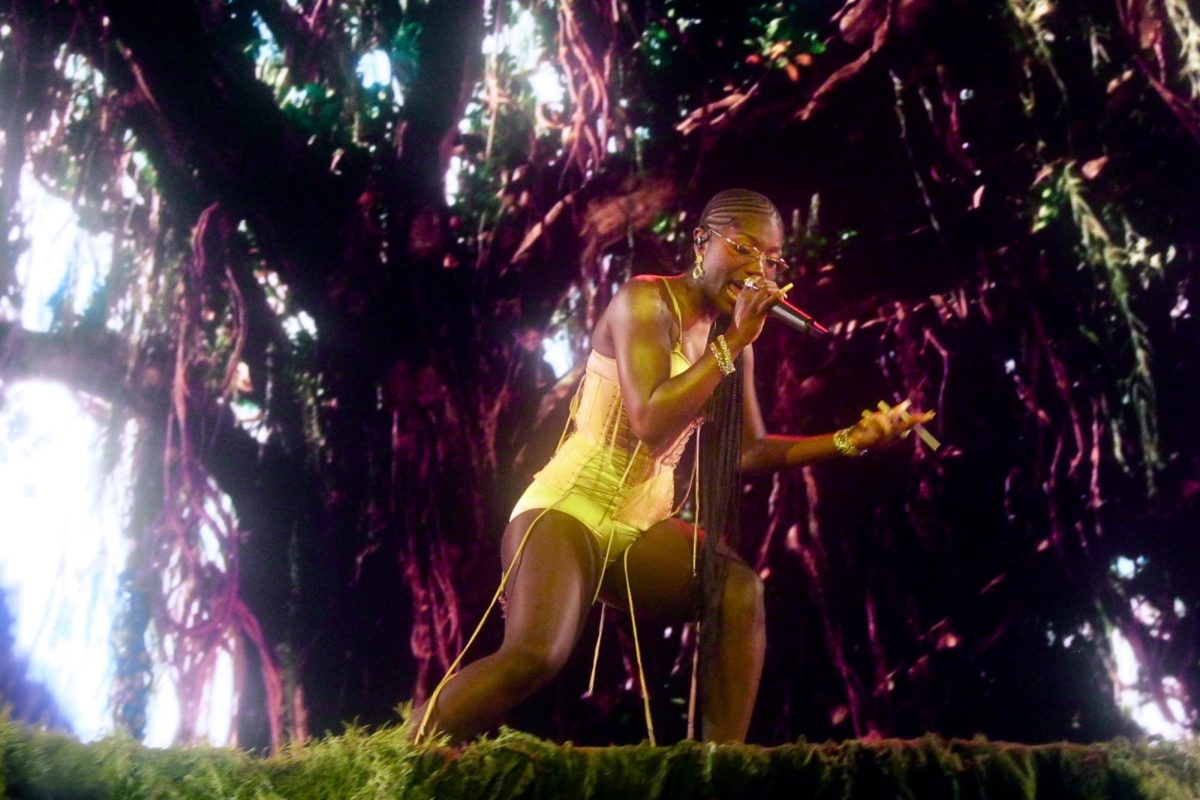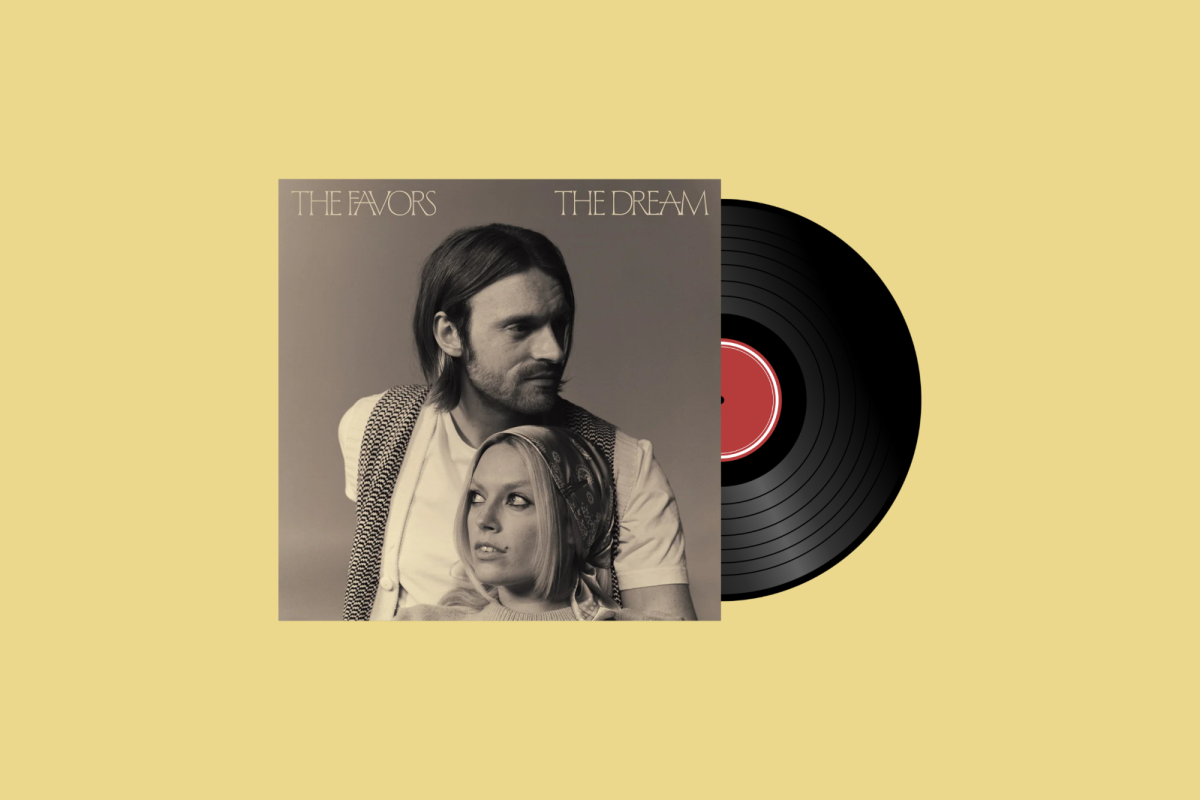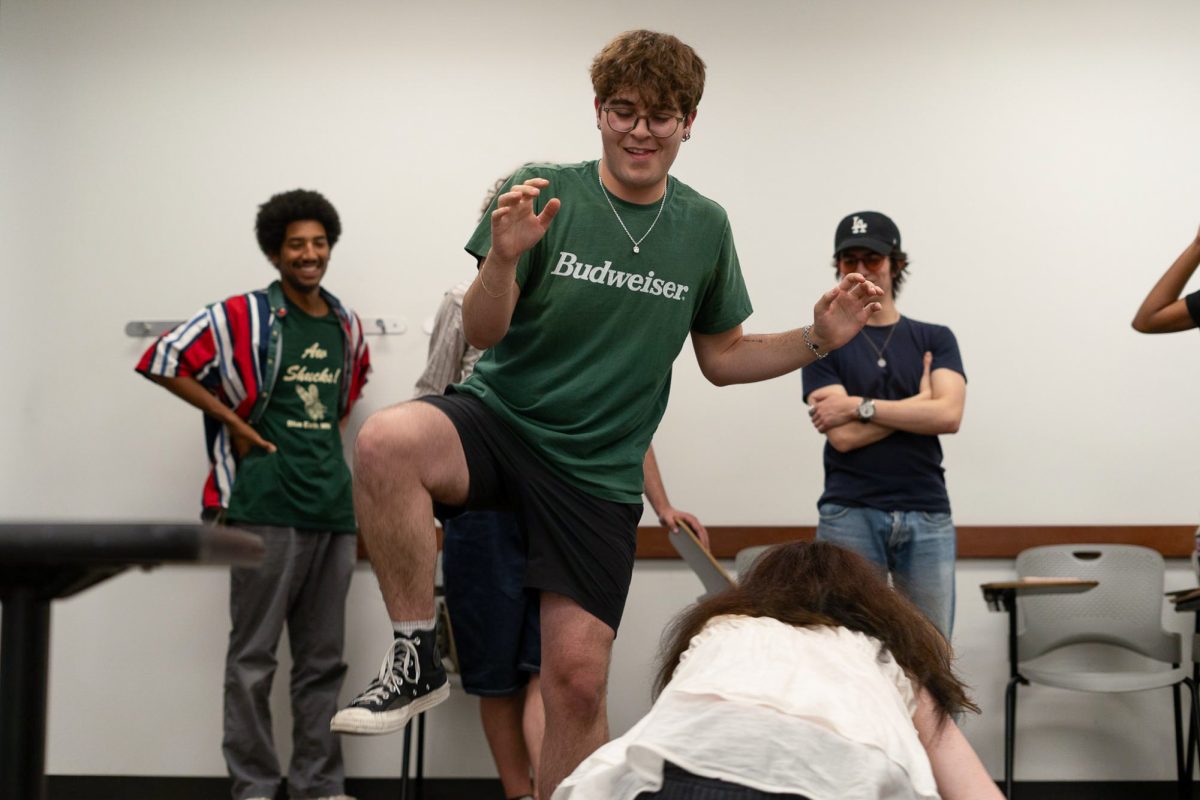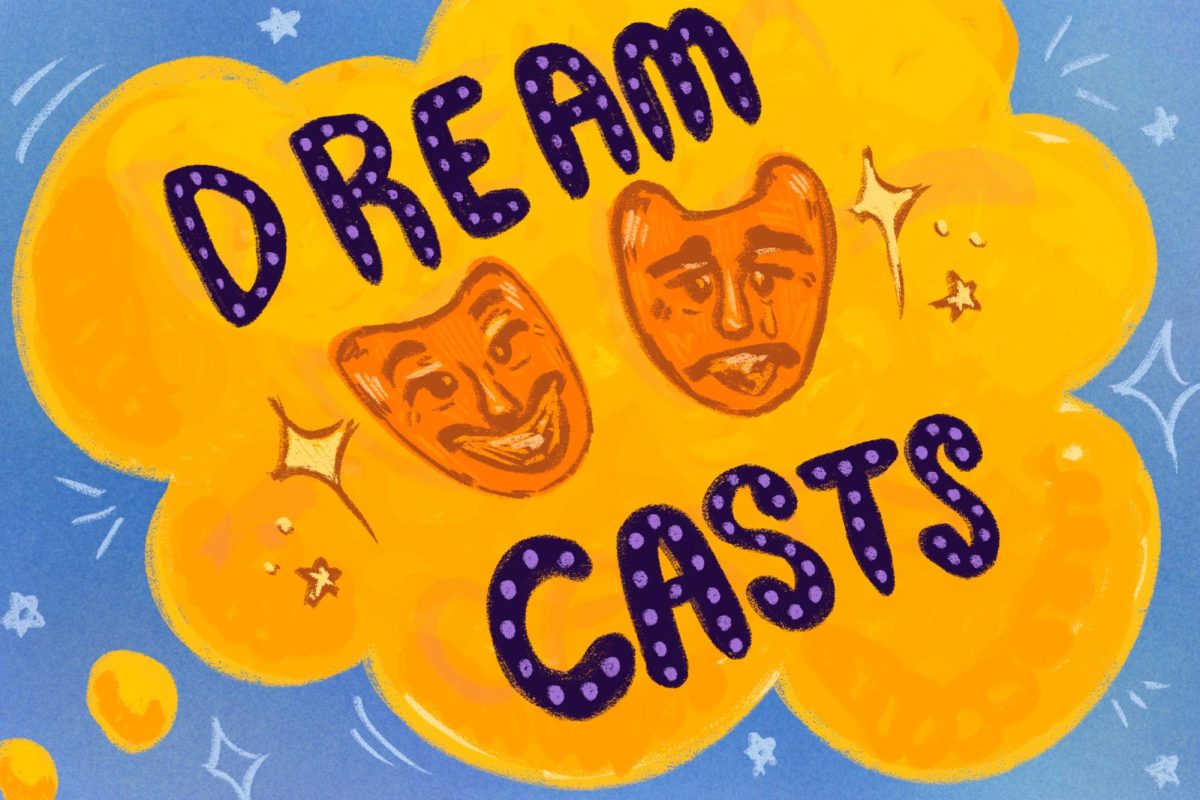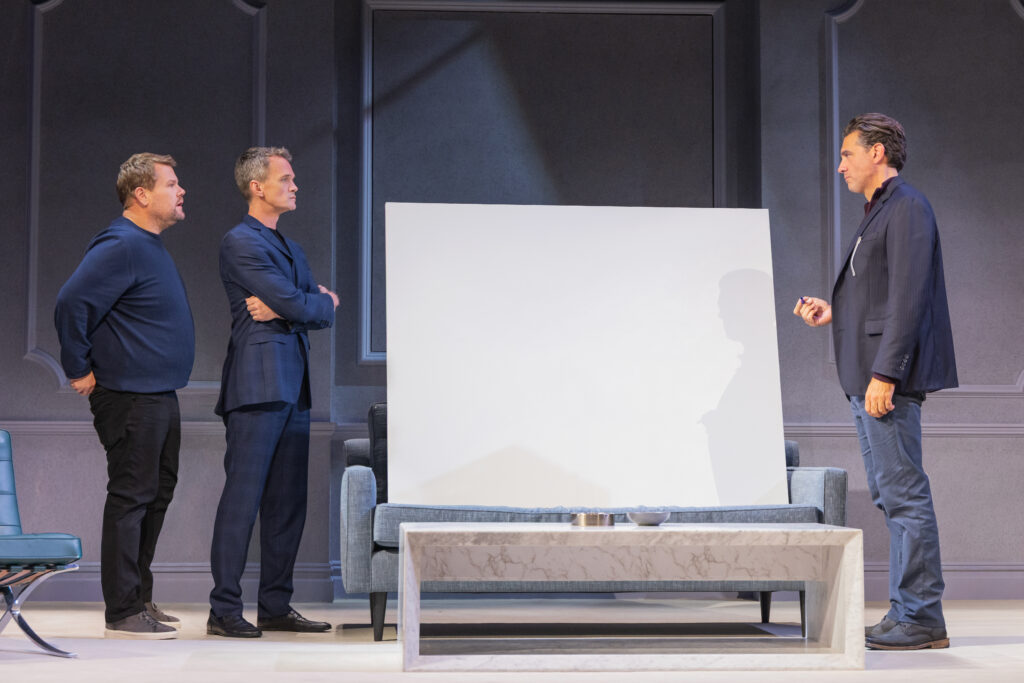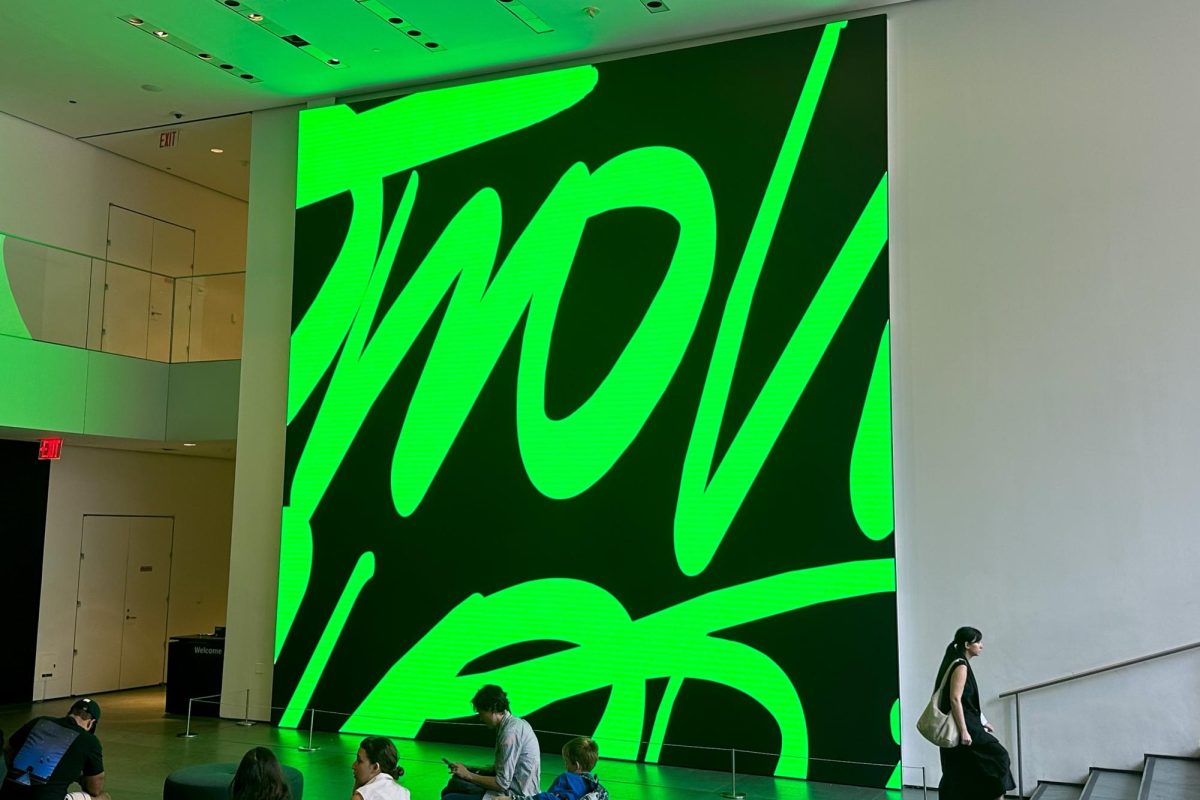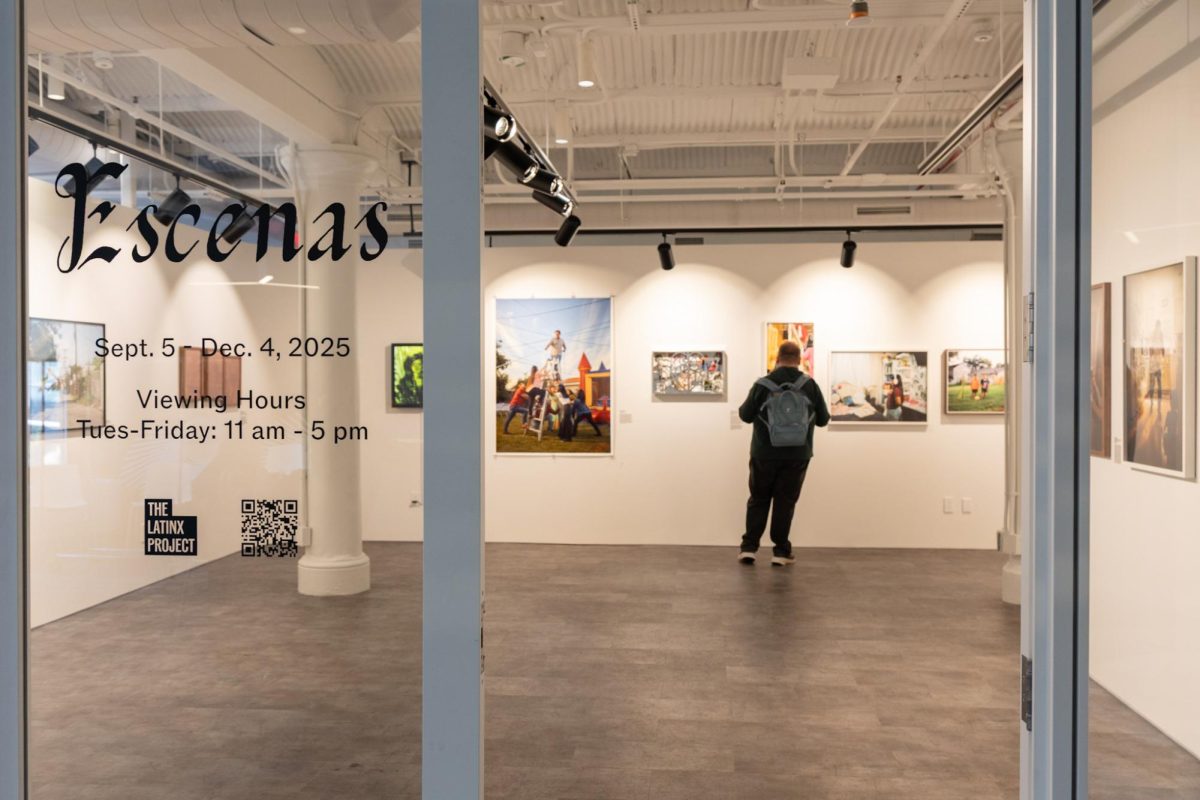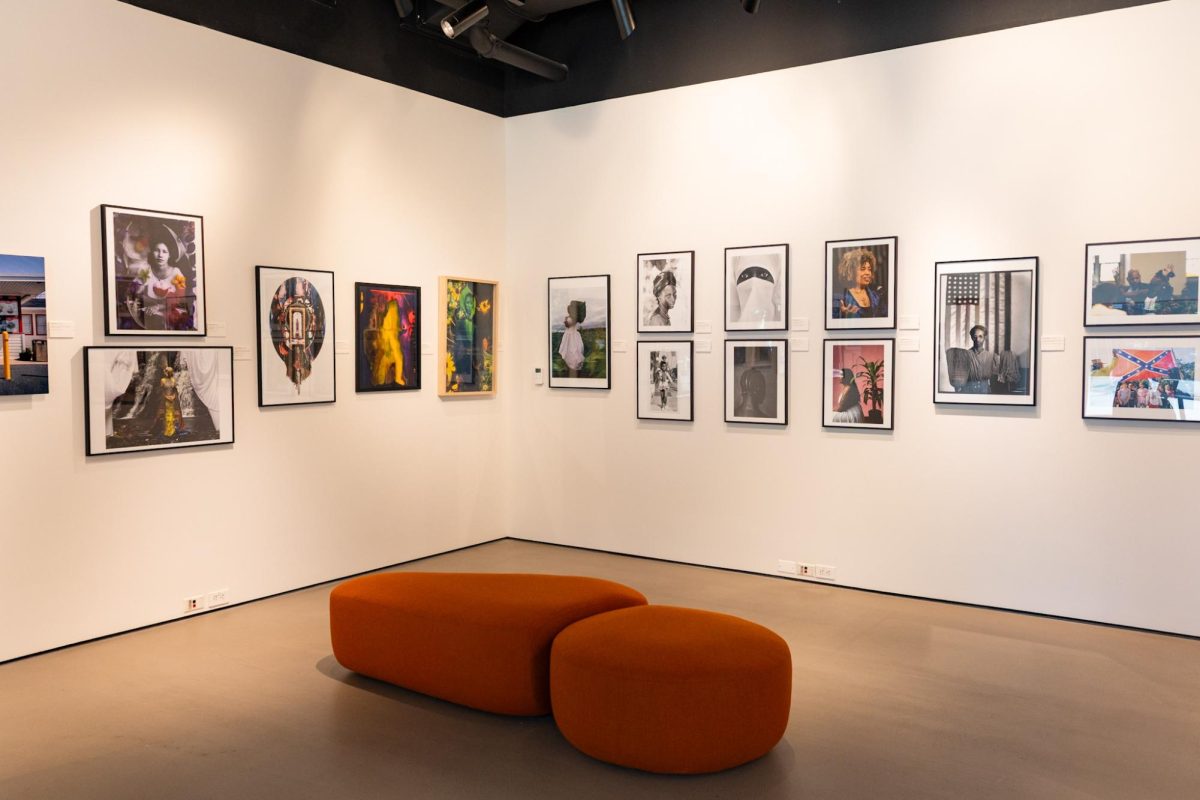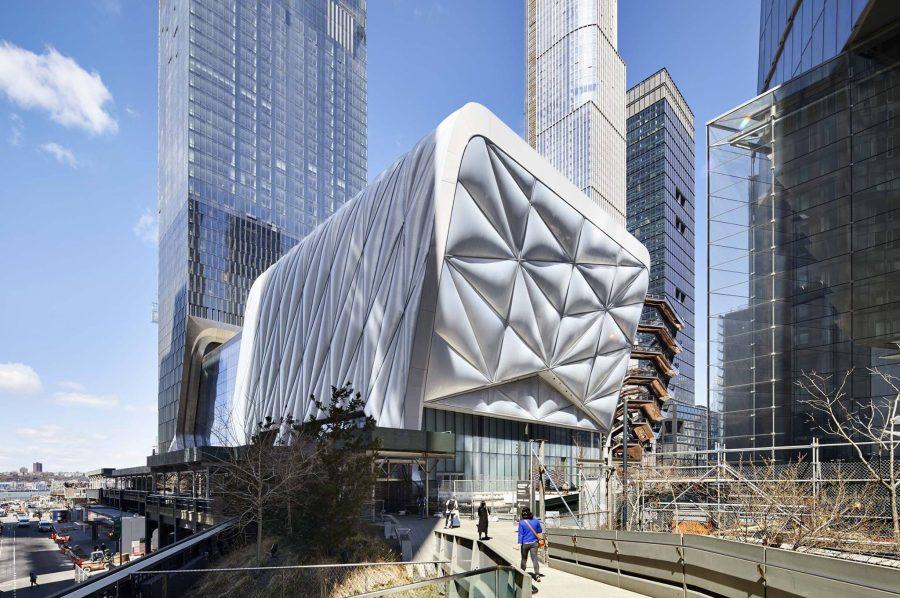The Shed, a shape-shifting museum, gallery and performance space with a $500 million dollar price tag officially opened at the Hudson Yards on Friday. Designed by Diller Scofidio + Renfro in partnership with the Rockwell Group, the Shed is a dynamic building created to “commission original works of art, across all disciplines, for all audiences.” The inaugural programming kicks off with a five-night concert series dedicated to Steve McQueen, with upcoming performances by Quincy Jones, Björk and a new play by NYU’s very own hybrid classicist and poet Anne Carson.
Despite the Shed’s emphasis on redistributing privilege and injecting life into the Hudson Yards, the project’s exorbitant budget and design have already added to the controversy of the exclusive neighborhood. But how useful is the structure actually going to be for both current and future needs of artists and audiences?
The installation of the Shed highlights the question of whether there is a way to support creatives, in an effort to offset the marginalization that comes with trying o earn a living as an artist, beyond a one-time commission and gimmicky facilities.
Named after the humble shed, “a slight structure built for shelter or storage, or for use as a workshop,” the venue aims to provide artists with the necessary tools to realize their craft, and the unique design of the building itself is marketed as the greatest boon.
The Shed’s main structure, dubbed the Bloomberg Building, is more machine than building. It boasts up to 200,000 square feet of space, including multiple galleries, a theater, a new Danny Meyer restaurant, a large plein-air plaza and the heavily-hyped McCourt, aka the aforementioned “slight structure.”
In reality, the McCourt is an intricate exoskeleton that can be deployed through a wheel system to convert the plaza into an indoor hall for larger-scale programs. This retractable bubble is designed to be light-, sound- and temperature-controlled.
The Shed’s considerable budget — funded in part by the city at former Mayor Michael Bloomberg’s direction as bait for the Olympic games, and also by the billionaire himself — raises questions of both necessity and intent. Is it possible to achieve the promised level of interconnectedness in an area that is already among the most divisive? The art space could become yet another posh cultural institution for the elite to hobnob, not unlike the Armory or the Vessel, a honey-combed shaped building likened to the Eiffel Tower that also debuted at Hudson Yards earlier this year. Though the Vessel was designed with the intent to bring people together, it has since been condemned as a vessel of capital.
What does the community require in order to incite real change in the art world? Is a half-billion-dollar, high-tech building the answer to healing socioeconomic disparities and issues of representation? New York City is rife with gallery spaces, museums and cultural arts centers — the problem is not their technological capability, but rather a lack of long-term support and funding for artists.
The Shed’s Open Call program is its response to these questions. By directly commissioning emerging artists to create works specifically for the arts center, it aims to change the relationship between artist, artwork, audience and institution — or, as lead architect Liz Diller called it, “an anti-institutional institution.” The Shed fronts between $7,000 and $15,000 for the selected artists to realize their proposed project, and this summer the first 52 will roll out their exhibitions. But in a gig economy, this kind of money would be better invested in real support of artistic practices rather than cast into another shiny trophy for the city’s architectural landscape.
It seems fallacious to conflate what looks like a Transformers SmartBuilding with the ability to cut through important social issues. The Shed promises big things, from “minimizing social and economic barriers to entry” to “offering access and insight into the creative process” — all on New York’s largest private real-estate development bloc.
One could argue that any money poured into the arts is worth it. If the wealthy donors want to make a building and stamp their name on it for the sake of the community, have at it. The people behind the Shed know the stakes and the dangers that loom ahead. Hopefully, the venue will take on a new definition, in which it will work to transform the cityscape and facilitate a new discourse between art and community. But to do so, it must shed the extra weight of the Hudson Yards.
Opinions expressed on the editorial pages are not necessarily those of WSN, and our publication of opinions is not an endorsement of them.
A version of this article appeared in the Monday, April 8, 2019, print edition. Email Zans Krohn at [email protected].

